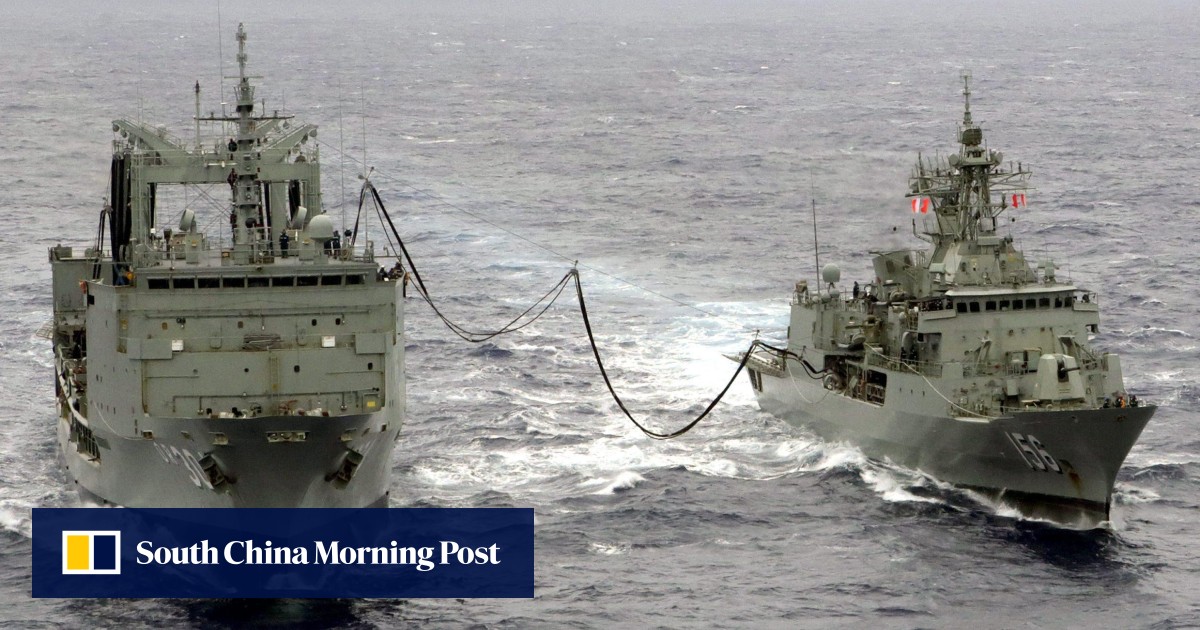At least some of the fleet will be armed with Tomahawk missiles capable of carrying out long-range stand-off strikes on targets deep inside enemy territory – a major deterrent capability.
Australia to boost long-range strikes in defence reform as China’s power grows
Australia to boost long-range strikes in defence reform as China’s power grows
Australia, an open, trading island nation flanked by the Pacific and Indian oceans, relies on secure sea lanes to move goods in and out and the fleet overhaul reflects an increasingly contested region given China’s rise. The current fleet is the oldest Australia’s navy has ever operated and an analysis last year called for immediate action to boost the force’s air-defence, long-range strike, presence and anti-submarine warfare capabilities.
As part of the government’s response to the findings, Marles announced a “short, sharp review” of Australia’s surface fleet led by former US Admiral William H. Hilarides and it was his findings and the government’s initial response released on Tuesday.
The Hunter-class frigates provided by BAE Systems were a particular focus of the review, with Australian Broadcasting Corp. reporting repeated delays and design problems with the vessels had pushed the delivery of the first ship into the 2030s.
The 2023 defence review had recommended a greater emphasis on domestic manufacturing and Marles on Tuesday reinforced a continuous shipbuilding programme through the decades ahead outlined in the programme. South Australia and Western Australia will be the centrepieces of vessel construction, with the latter focused on the Henderson Naval precinct.
Western Australia, including the capital, Perth, is an important political battleground for the Labor government, which currently holds power with a majority of just two seats in the lower house of parliament.

The Australian government on Tuesday highlighted that not only was it boosting the size of the fleet, it is also bringing forward the timeline. The first Hunter-class frigate is still due in 2032 – and the final one in 2043 – but Australia will also purchase 11 general purpose frigates “off the shelf”.
The first of those will be delivered this decade and to ensure speed, quality and best cost, the first three will be built abroad and the remainder in Perth. Four options are being considered from Spain, Germany, South Korea and Japan with a decision anticipated next year.
“Australia’s modern society and economy rely on access to the high seas, trade routes for out imports and exports, and the submarine cables for the data which enables our connection to the international economy,” Marles said.
“The Royal Australian Navy must be able to ensure the safety and security of our sea lines of communication and trade routes.”
Australia wants Japan’s ‘cutting edge’ tech for Aukus – but not just yet
Australia wants Japan’s ‘cutting edge’ tech for Aukus – but not just yet
Additional reporting by Bloomberg

